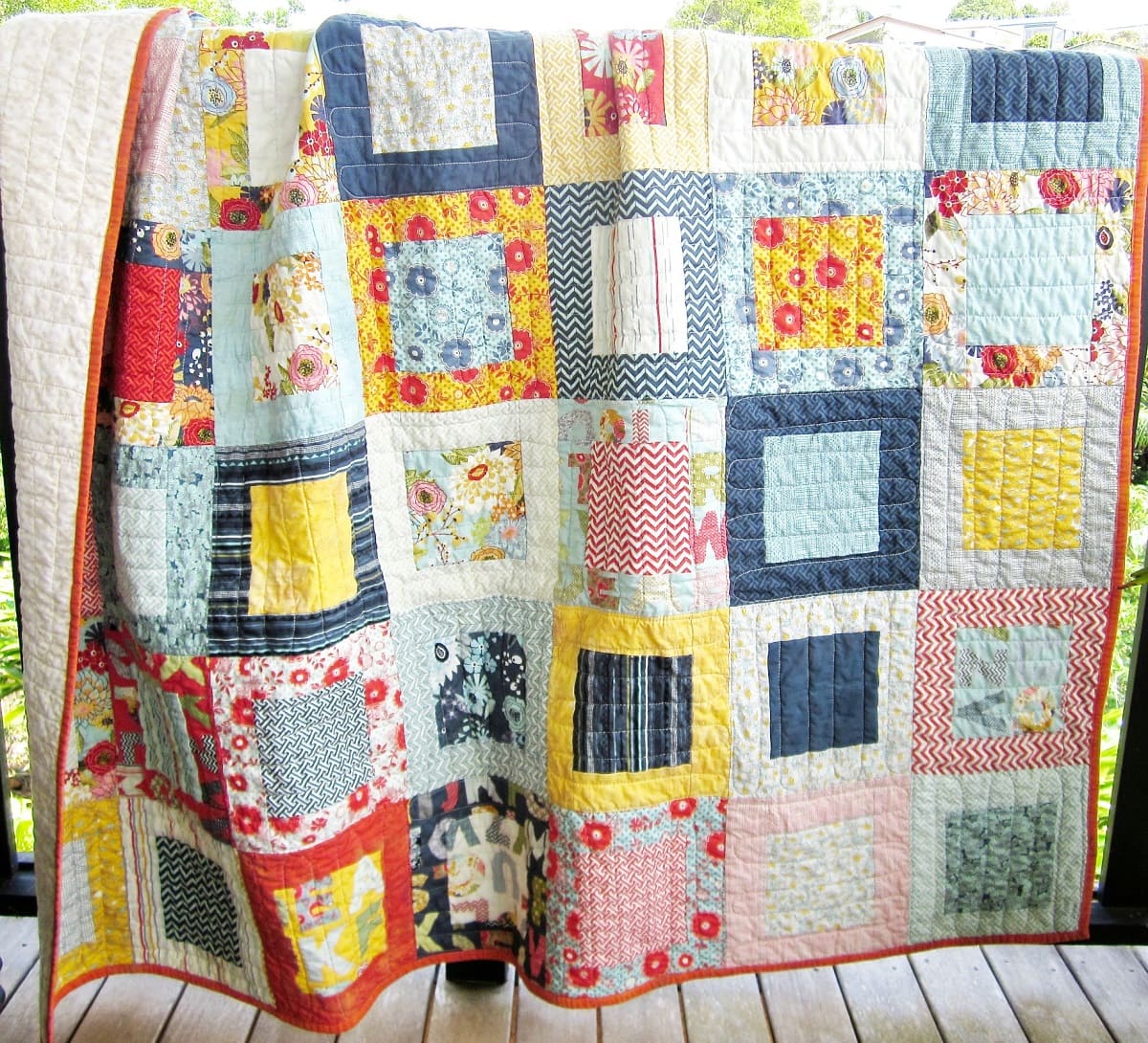

Articles
What Size Quilt Does A Layer Cake Make
Modified: May 6, 2024
Discover the perfect size quilt for your layer cake with our informative articles. Get expert advice and tips on quilting projects.
(Many of the links in this article redirect to a specific reviewed product. Your purchase of these products through affiliate links helps to generate commission for Storables.com, at no extra cost. Learn more)
Introduction
Welcome to the world of quilting! If you’re new to the craft or just starting out, you may have come across the term “layer cake” when researching quilt patterns and fabric options. But what exactly is a layer cake, and how does it relate to quilt sizes?
A layer cake in quilting refers to a pre-cut bundle of fabric squares, typically measuring 10 inches by 10 inches. These bundles usually contain a variety of coordinating fabrics from a specific designer or collection, making them a popular choice for quilters who want to create cohesive and visually stunning quilts.
Now that we have an understanding of what a layer cake is, let’s delve into the world of quilt sizes and how they relate to using a layer cake in your quilting projects. Quilt size is an important consideration when planning and designing your quilt, as it determines the dimensions and overall look of the finished piece.
The key to determining quilt size based on a layer cake is understanding how many squares you have and how you plan to arrange them. Generally, a layer cake contains around 42 squares, but this can vary depending on the manufacturer or fabric collection. By strategically arranging these squares, you can create a quilt of various sizes.
However, it’s crucial to keep in mind that the size of your layer cake quilt is not solely determined by the number of squares you have. There are other factors to consider, such as seam allowances, sashing, borders, and overall design aesthetic.
In the following sections, we will explore different factors and considerations when determining the quilt size for your layer cake project. We will also discuss popular quilt sizes and provide some insights on how to make the most of your layer cake’s potential.
So, whether you’re a beginner or an experienced quilter, grab your layer cake, your sewing machine, and let’s dive into the world of quilt sizes and layer cake projects!
Key Takeaways:
- Quilting with layer cakes offers convenience and creativity, allowing for visually stunning quilts with minimal effort. Understanding quilt sizes and strategic arrangement of fabric squares is key to achieving personalized and beautiful results.
- By considering factors such as intended use, design, and desired overhang, quilters can create personalized quilts that reflect their unique style and vision. Layer cakes provide a versatile and convenient way to explore the creative journey of quilting.
Read more: What Size Quilt Does A Jelly Roll Make
What is a Layer Cake?
In the world of quilting, a layer cake refers to a pre-cut bundle of fabric squares, typically measuring 10 inches by 10 inches. This pre-cut fabric is often sold in coordinated sets, featuring a variety of patterns and designs from a specific fabric collection or designer. The term “layer cake” was popularized by Moda Fabrics, one of the leading manufacturers of pre-cut fabric bundles.
Layer cakes are an excellent option for quilters who love the convenience and variety of having pre-cut fabric squares at their fingertips. These bundles offer a coordinated selection of fabrics that complement each other, making it easier to create visually appealing quilts with minimal effort. Whether you’re a beginner or an experienced quilter, layer cakes provide a convenient way to experiment with different colors, patterns, and textures in your quilt designs.
One of the advantages of using layer cakes is that they save time and effort on cutting fabric. Instead of having to measure and cut multiple squares, you can simply grab a pre-cut layer cake and start sewing. This not only speeds up the quilt-making process but also ensures that all your fabric squares are perfectly sized and consistent, resulting in a more professional-looking finished quilt.
Layer cakes are also a great option for quilters who enjoy working with a variety of fabrics but don’t want to invest in large amounts of each one. By purchasing a layer cake bundle, you can have a range of fabrics in different colors and patterns without breaking the bank. This makes them ideal for quilt projects that require a diverse selection of fabrics, such as patchwork quilts or sampler quilts.
Another benefit of layer cakes is their versatility. While they are commonly used for creating simple patchwork quilts, you can also use them for more intricate designs by cutting the squares into smaller pieces or combining them with other pre-cut shapes such as half-square triangles or flying geese. The possibilities are endless, and layer cakes provide you with a wide range of fabric choices to bring your creative vision to life.
So, whether you’re a quilter looking for a convenient way to experiment with different fabrics or a beginner wanting to dive into the world of quilting, layer cakes are a fantastic option. They offer variety, convenience, and endless possibilities for creating beautiful quilts. So grab a layer cake and start quilting!
Quilt Sizes Explained
When it comes to quilting, understanding quilt sizes is essential for creating a finished piece that fits your needs. Quilt sizes are typically determined by the dimensions of the quilt top, and they can vary depending on the intended use, such as a baby quilt, throw quilt, or bed quilt. Here, we’ll explore the common quilt sizes and their dimensions:
- Baby Quilt: A baby quilt is typically smaller in size, measuring around 36 inches by 52 inches. It’s perfect for cuddling up a baby or using as a decorative accent in a nursery.
- Throw Quilt: A throw quilt is a versatile size, suitable for draping over a couch or using as a lap quilt. It usually measures around 50 inches by 60 inches, providing plenty of coverage for snuggling up on chilly evenings.
- Twin Quilt: A twin quilt is designed to fit a standard twin-sized bed and measures around 68 inches by 88 inches. It’s a great choice for kids’ bedrooms, guest rooms, or any room where a twin-sized bed is placed.
- Full/Double Quilt: A full/double quilt provides coverage for a standard full or double-sized bed and measures approximately 78 inches by 88 inches. It offers a bit more width than a twin quilt, accommodating larger beds.
- Queen Quilt: Queen quilts are designed to fit a standard queen-sized bed, measuring around 88 inches by 92 inches. They provide coverage for the entire surface of the mattress and offer a generous overhang on the sides.
- King Quilt: The largest standard quilt size, a king quilt, is intended for a standard king-sized bed. It measures approximately 108 inches by 92 inches, providing ample coverage for the wider and longer dimensions of a king mattress.
These are just some of the common quilt sizes you might encounter in your quilting journey. However, keep in mind that these measurements are not set in stone, and you can always adjust the dimensions to fit your personal preferences and requirements.
When planning your quilt, it’s important to consider factors such as seam allowances, borders, and any additional blocks or designs you want to incorporate. These elements can affect the final size of your quilt. It’s a good practice to create a quilt layout or sketch to visualize how the fabric squares from your layer cake will come together and how the quilt size will be affected by the design choices you make.
Now that we have explored the common quilt sizes and their dimensions, let’s move on to determining the quilt size based on the number of fabric squares in your layer cake.
Determining Quilt Size Based on Layer Cake
When working with a layer cake, you can create a quilt of various sizes by strategically arranging the fabric squares. The number of squares in your layer cake will play a significant role in determining the size of your quilt, but there are a few factors to consider to achieve the desired dimensions:
- Number of squares: A typical layer cake contains around 42 squares, but the number can vary depending on the manufacturer or fabric collection. This number provides a good starting point for determining the quilt size.
- Quilt layout: Decide on the arrangement and design of your quilt. Different layouts, such as patchwork, sashing, or borders, can affect the size of the finished quilt.
- Seam allowances: Take into account the seam allowances when sewing the squares together. Each seam will reduce the overall size of the quilt slightly, so factor in the width of your seam allowance when calculating the final dimensions.
- Borders: Consider adding borders to your quilt. Borders can add width and length to the quilt top, creating a larger finished quilt. The width of the borders will depend on your personal preference and the overall design aesthetic you want to achieve.
To determine the quilt size, you can start by arranging your layer cake squares in a grid or layout that you find visually appealing. Experiment with different designs and configurations until you find one that you love. Keep in mind that you don’t have to use all the squares in your layer cake if you want a smaller quilt size.
Once you have your desired layout, start sewing the squares together using a consistent seam allowance. As you sew the squares, keep in mind the overall dimensions you want for your quilt. Add borders if desired, ensuring that they are proportionate to the size of the quilt top.
Remember that the number of squares in your layer cake will determine the overall width and length of the quilt, while the layout and addition of borders will help you achieve the desired quilt size. Be creative and have fun with the process, as quilting is all about expressing your personal style and creating something unique.
As you work on your layer cake quilt, keep measuring the dimensions of your quilt top to ensure that it matches your desired size. Adjust as necessary, adding or removing squares or making alterations to the design to achieve the perfect dimensions.
Now that we understand how to determine the quilt size based on a layer cake, let’s explore some additional factors to consider when planning your project.
A layer cake typically makes a quilt that measures around 50″ x 60″ when using standard 10″ square pieces. Adjust the size by adding or subtracting squares to fit your desired dimensions.
Factors to Consider
When planning your layer cake quilt and determining the size, there are several factors to consider. These factors will not only impact the overall dimensions of your quilt but also influence its visual appearance and functionality. Here are some important factors to keep in mind:
- Intended Use: Consider the purpose of your quilt. Will it be a decorative piece, a cozy blanket for lounging, or a bed cover? The intended use will determine the desired size and dimensions.
- Design and Pattern: The design and pattern you choose for your layer cake quilt can influence the size. Some designs may require more or fewer squares, affecting the overall dimensions. Additionally, intricate patterns may alter the finished size due to the complexity of the design.
- Barrier/Binding: If you plan to add a border or binding to your quilt, you should account for the extra width and length it will contribute. Borders and bindings can provide a finished edge and enhance the overall look of your quilt.
- Sashing: Sashing refers to the fabric strips that separate quilt blocks or squares. If you decide to incorporate sashing into your design, it will affect the overall size of the quilt top. The width of the sashing strips should be taken into consideration when determining the final dimensions.
- Desired Overhang: When using the quilt on a bed, you may want it to have a certain overhang on the sides and foot of the bed. Consider how much overhang you prefer and account for it when calculating the quilt size.
- Quilting Method: The quilting technique you choose can affect the final dimensions as well. If you plan to send your quilt to a long-arm quilter or quilt it yourself, the quilting process can shrink the quilt slightly. This should be factored into your calculations to ensure the end result meets your desired size.
By taking these factors into account, you can plan and design your layer cake quilt with precision and achieve the desired size and aesthetics. Experiment with different options, make sketches or layouts, and measure as you go to ensure your quilt aligns with your vision.
Keep in mind that quilting is a creative journey, and there are no strict rules when it comes to quilt sizes. While standard sizes provide guidelines, feel free to customize and adapt the dimensions to suit your preferences. Your layer cake quilt is a reflection of your artistic expression, so embrace the freedom to create something truly unique.
Now that we have explored the various factors to consider when determining the size of your layer cake quilt, let’s discover some of the popular quilt sizes that work well with layer cakes.
Read more: How To Store Cake Layers
Popular Quilt Sizes for Layer Cakes
Layer cakes offer endless possibilities for creating beautiful quilts of various sizes. Whether you’re working with a specific pattern or designing your own, here are some popular quilt sizes that work well with layer cakes:
- Throw Quilt: A throw quilt is a versatile size that can be used as a decorative accent or a cozy blanket for lounging. The standard size for a throw quilt is around 50 inches by 60 inches, which can easily be achieved with a layer cake and a few additional fabric squares for borders.
- Twin Quilt: A twin-sized quilt is a popular choice for kids’ bedrooms or guest rooms. It typically measures around 68 inches by 88 inches, providing ample coverage for a standard twin mattress. With a layer cake and some coordinating fabric for sashing or borders, you can create a stunning twin quilt.
- Full/Double Quilt: A full or double quilt is ideal for larger beds or for those who prefer more coverage. As a layer cake usually contains around 42 squares, additional fabric will be needed to achieve the desired size of approximately 78 inches by 88 inches. This extra fabric can be used for sashing, borders, or additional blocks to complement the layer cake squares.
- Queen Quilt: A queen-sized quilt is a popular choice for master bedrooms. It typically measures around 88 inches by 92 inches, providing a generous overhang on a standard queen-sized mattress. When working with a layer cake, you will need to add additional fabric for borders or blocks to achieve the desired size.
- King Quilt: The largest standard quilt size, a king quilt, is perfect for king-sized beds. It measures approximately 108 inches by 92 inches, accommodating the wider and longer dimensions of a king mattress. Creating a king-sized quilt with a layer cake will require additional fabric for sashing, borders, or blocks to achieve the desired size.
These popular quilt sizes provide a starting point for your layer cake quilt planning. However, feel free to adapt the dimensions and designs to match your personal preferences and the specific requirements of your project.
Remember to consider the factors mentioned earlier, such as the design, desired overhang, and any additional elements you want to incorporate into your quilt. By carefully planning and measuring, you can create a stunning quilt that showcases the beauty of your layer cake fabrics while achieving the perfect size for your needs.
Now that we have explored popular quilt sizes for layer cakes, let’s wrap up our discussion.
Conclusion
Quilting with layer cakes opens up a world of creativity and convenience. These pre-cut fabric bundles offer a wide variety of coordinating fabrics, making it easy to create stunning quilts with minimal effort. Understanding quilt sizes and how they relate to layer cakes is essential for designing and executing your quilting projects successfully.
By determining the quilt size based on the number of squares in your layer cake and considering factors such as the design, intended use, and desired overhang, you can create a quilt that meets your specific needs and preferences.
Remember to experiment with different layouts, designs, and elements such as borders and sashing to achieve the desired dimensions and visual appeal. Don’t be afraid to customize and adapt the dimensions to suit your personal style and vision for the quilt.
Popular quilt sizes for layer cakes include throw quilts, twin quilts, full/double quilts, queen quilts, and king quilts. These sizes can be achieved by strategically arranging the layer cake squares and incorporating additional fabric for borders, sashing, or blocks as needed.
Quilting is a journey of creativity and self-expression, and layer cakes provide a convenient and versatile way to explore this craft. So gather your layer cake, unleash your creativity, and embark on a quilting adventure that results in a beautiful and personalized masterpiece.
Whether you’re a beginner or an experienced quilter, the possibilities with layer cakes are endless. So embrace the joy of quilting, enjoy the process, and create quilts that reflect your unique style and passion.
Now, armed with the knowledge of quilt sizes and layer cakes, it’s time to start stitching and bring your quilting dreams to life!
Ready to dive into more creative projects? If you loved learning about quilts, check out our guide on DIY crafts for Easter that'll spruce up your holiday! These elegant ideas are simple enough for beginners yet impressive enough to showcase at any spring gathering. Whether you're looking to add a personal touch to your decor or just want some fun activities with kids, these crafts will set the mood for a joyful Easter.
Frequently Asked Questions about What Size Quilt Does A Layer Cake Make
Was this page helpful?
At Storables.com, we guarantee accurate and reliable information. Our content, validated by Expert Board Contributors, is crafted following stringent Editorial Policies. We're committed to providing you with well-researched, expert-backed insights for all your informational needs.
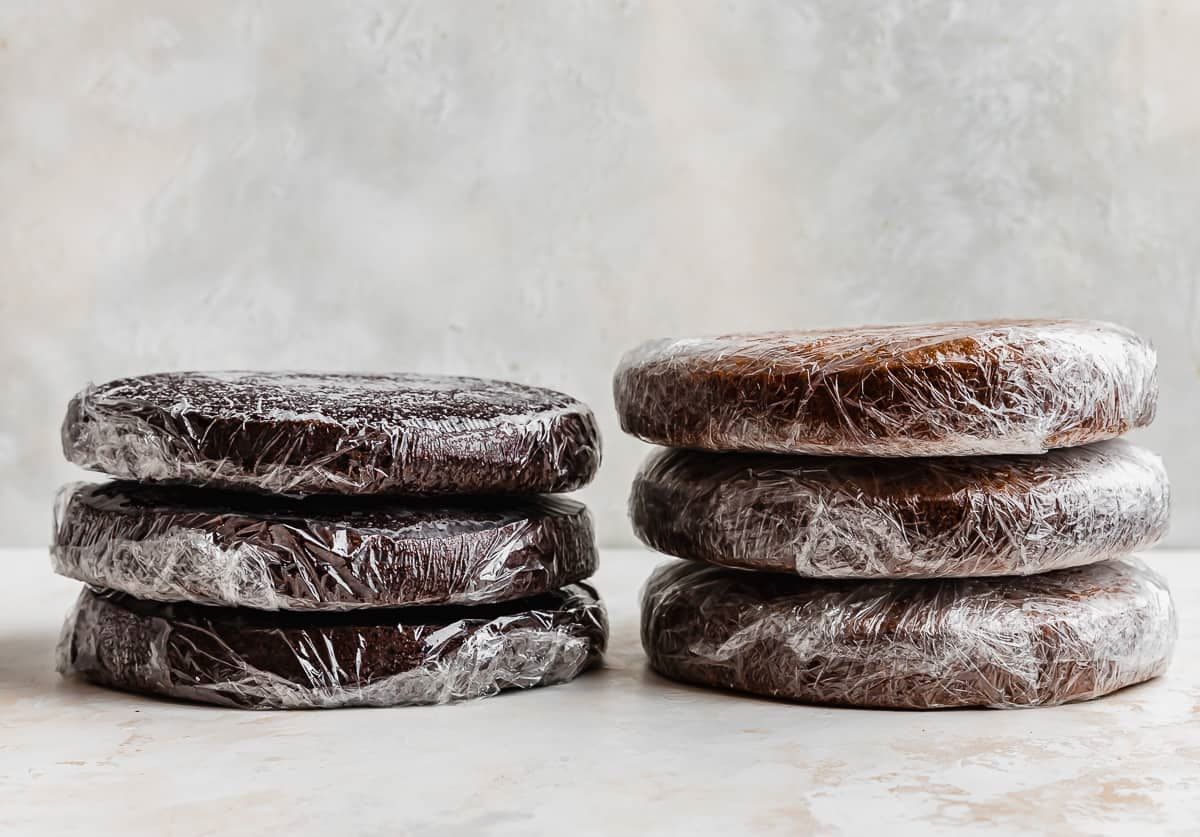
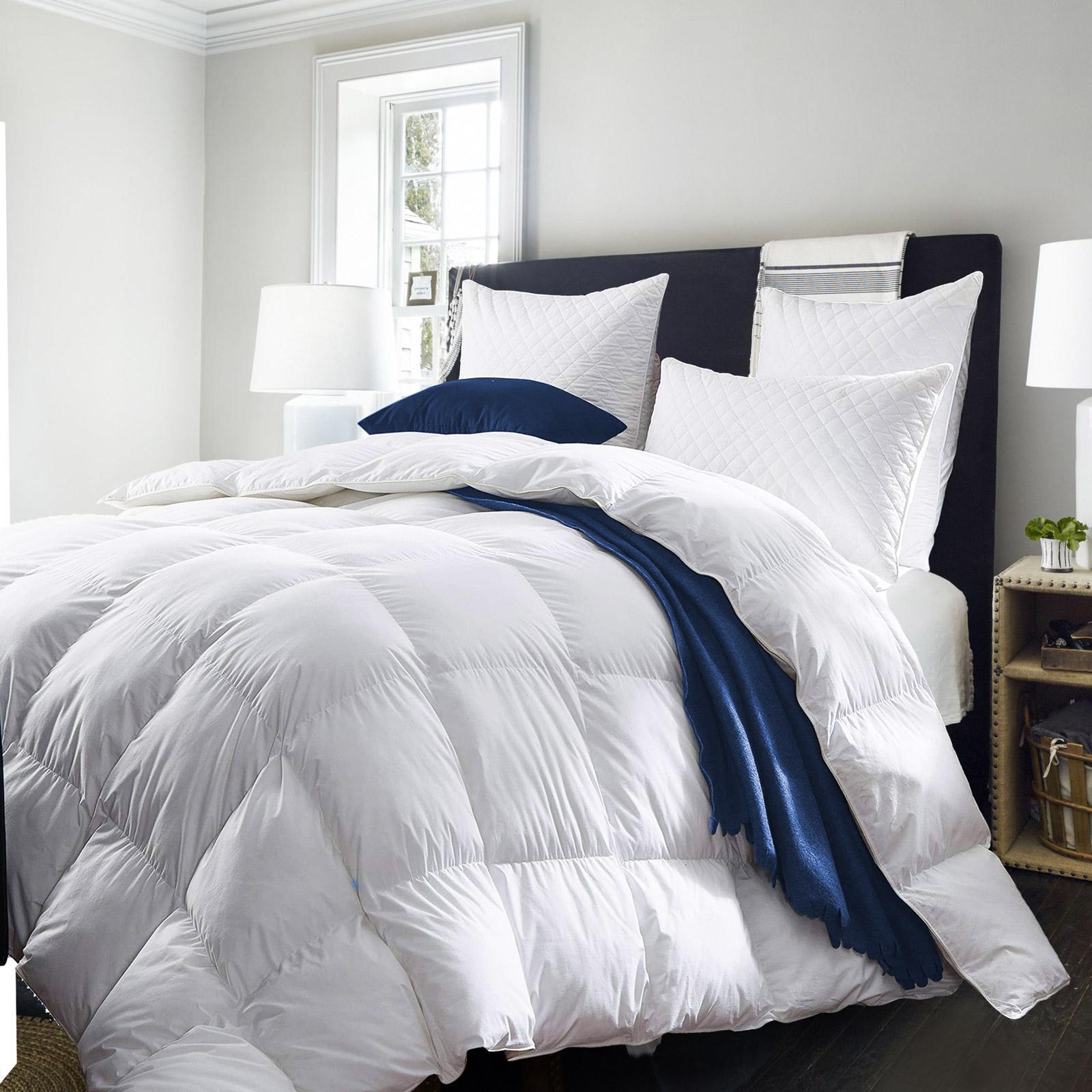
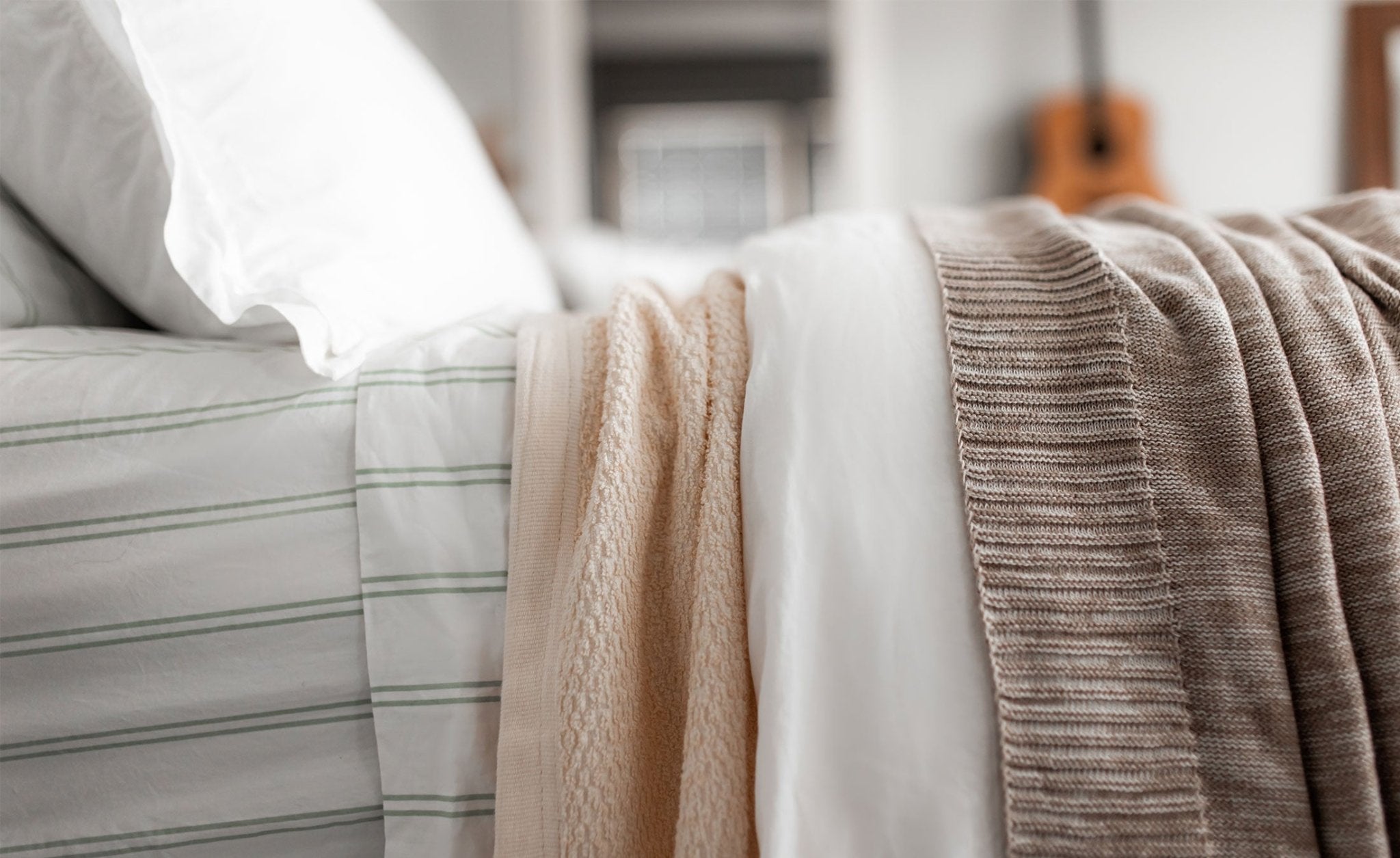
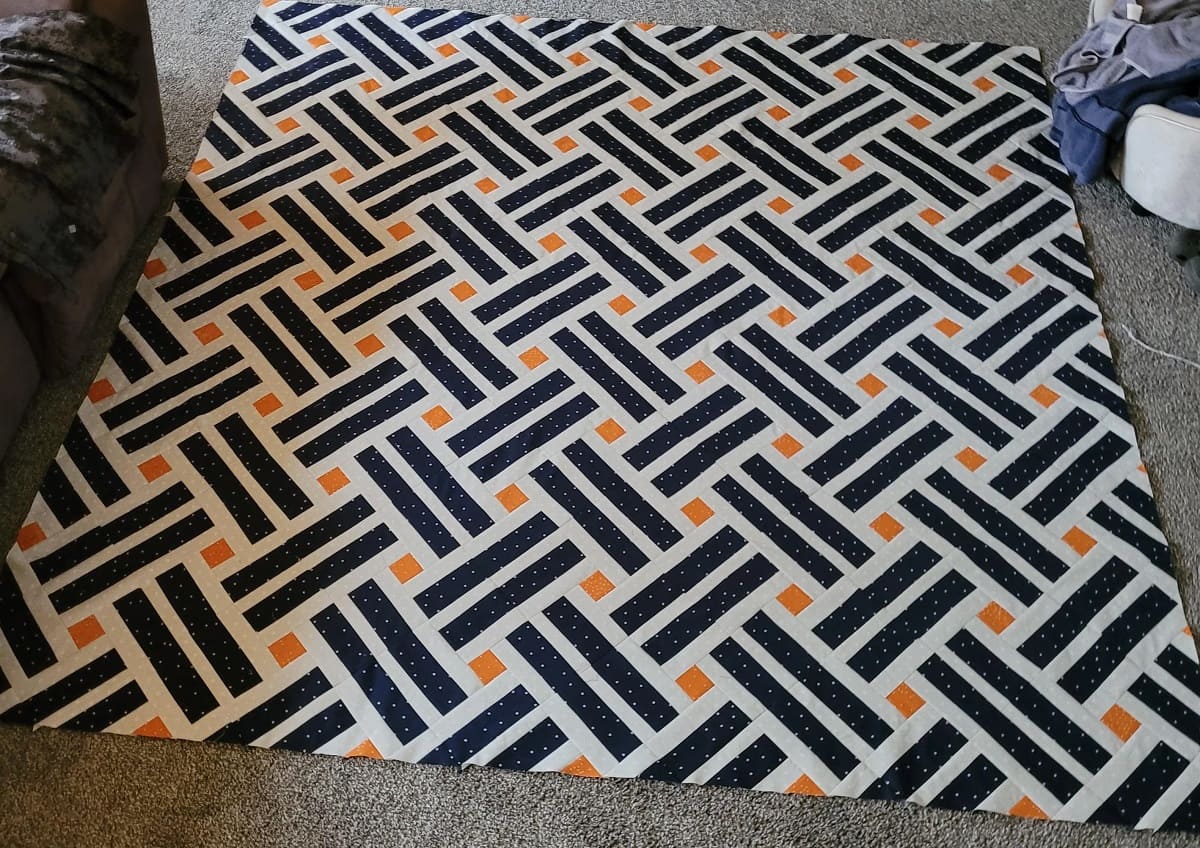
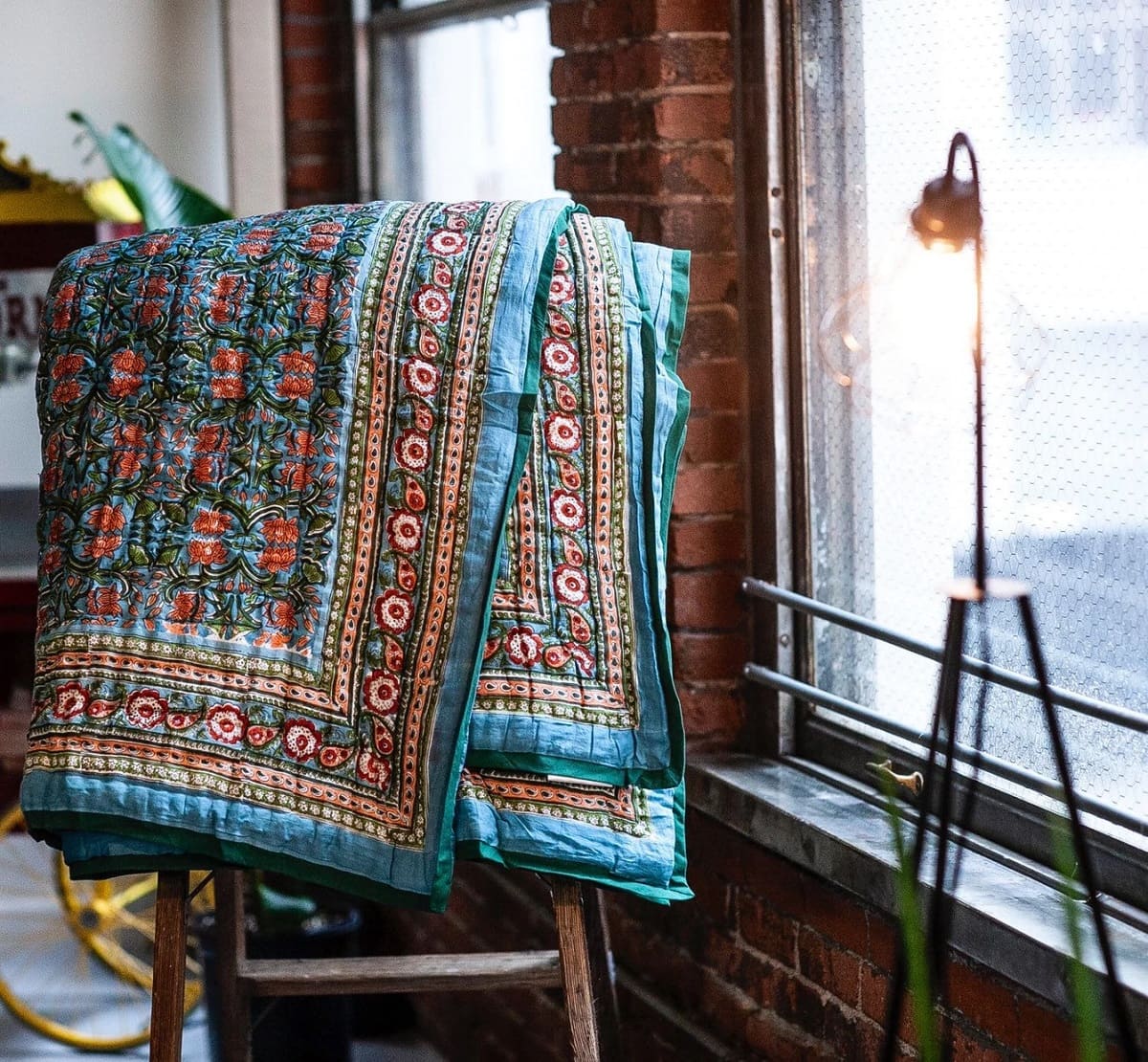
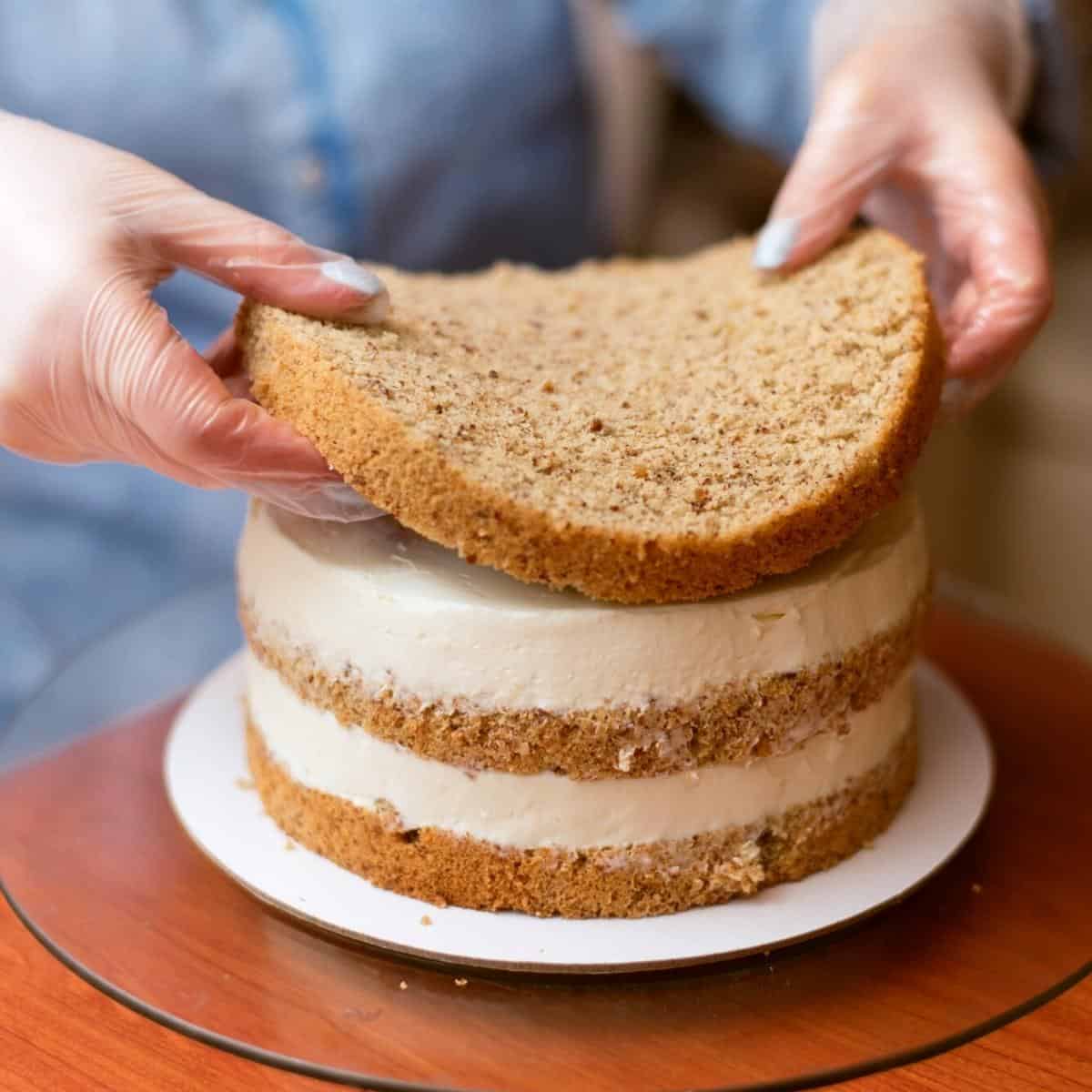
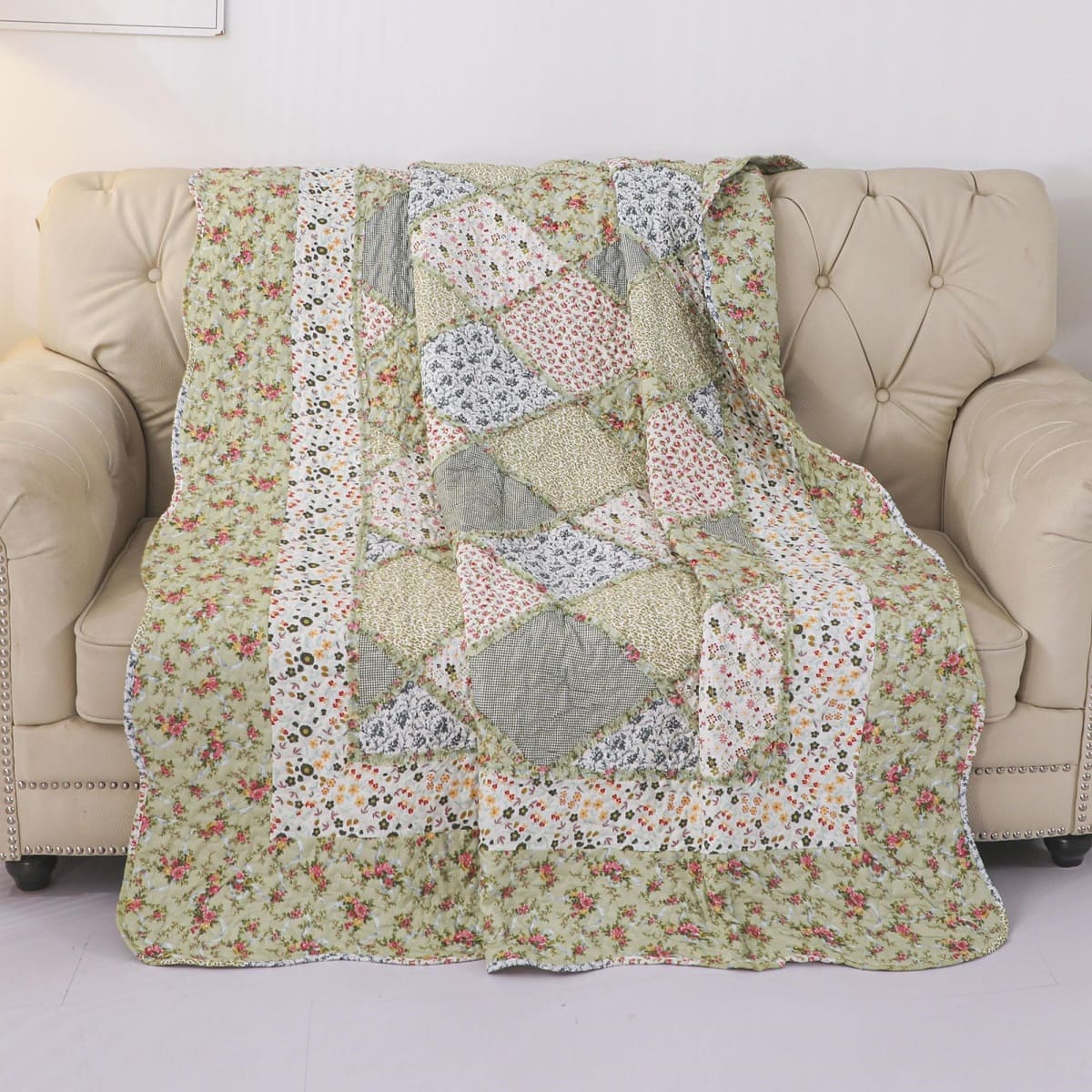
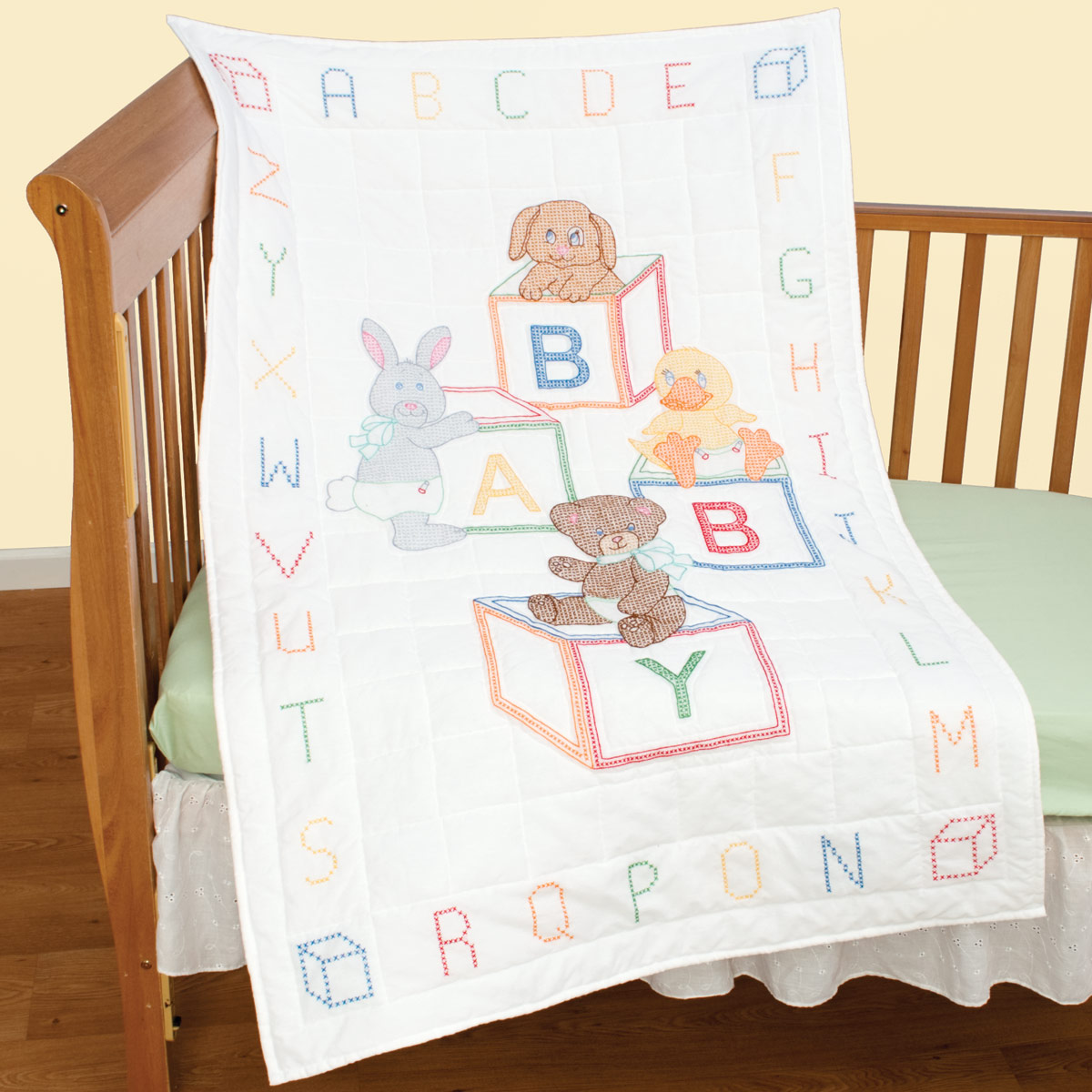
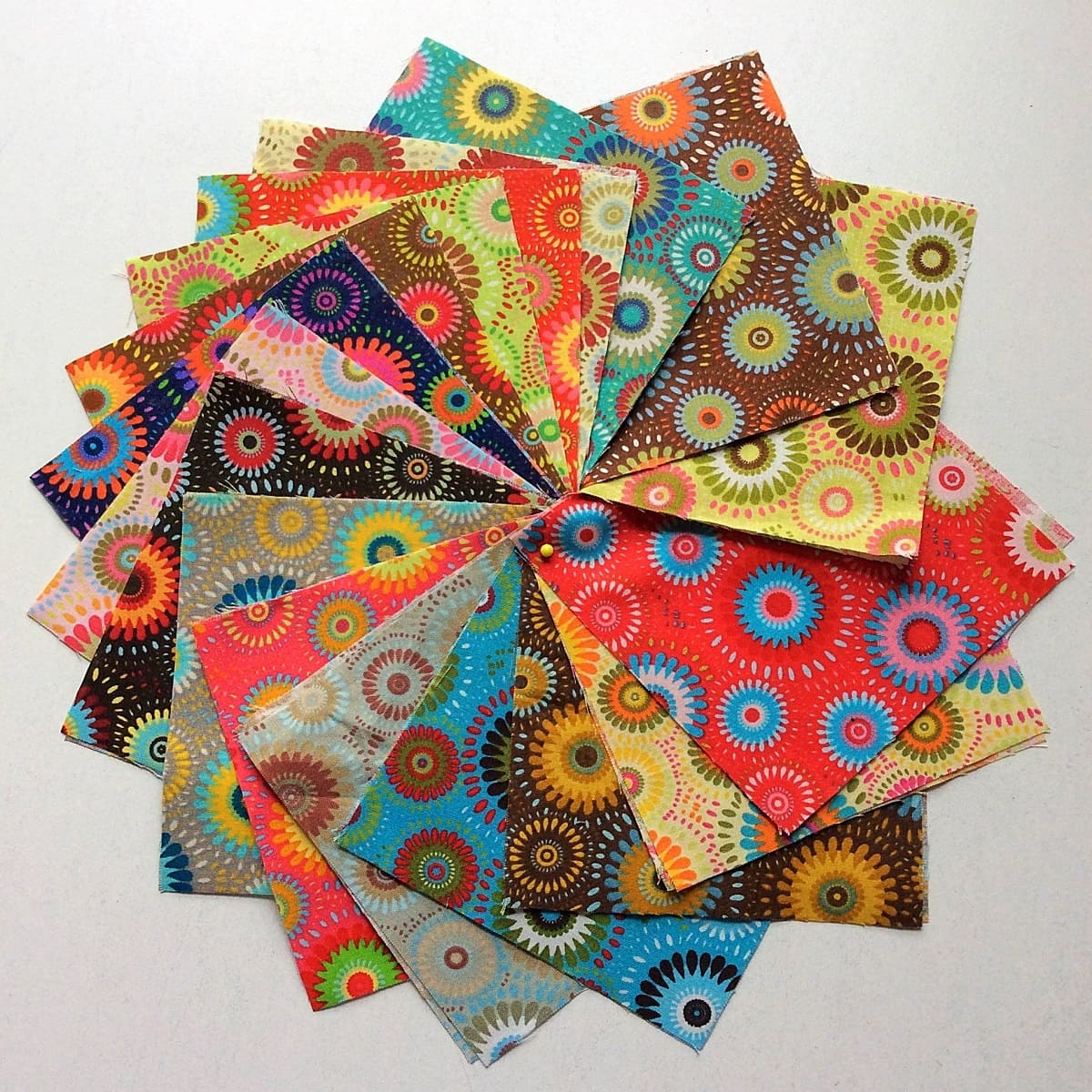
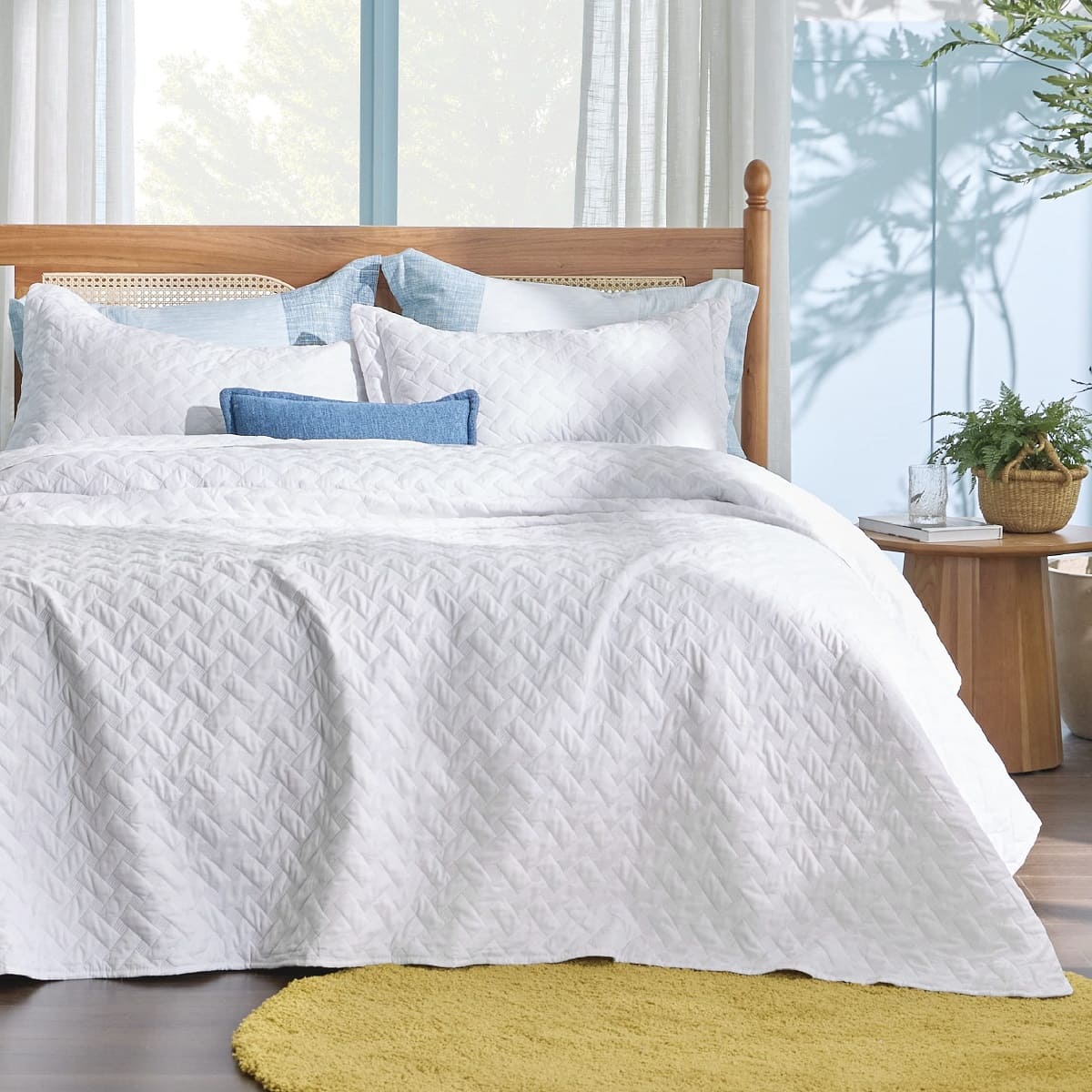
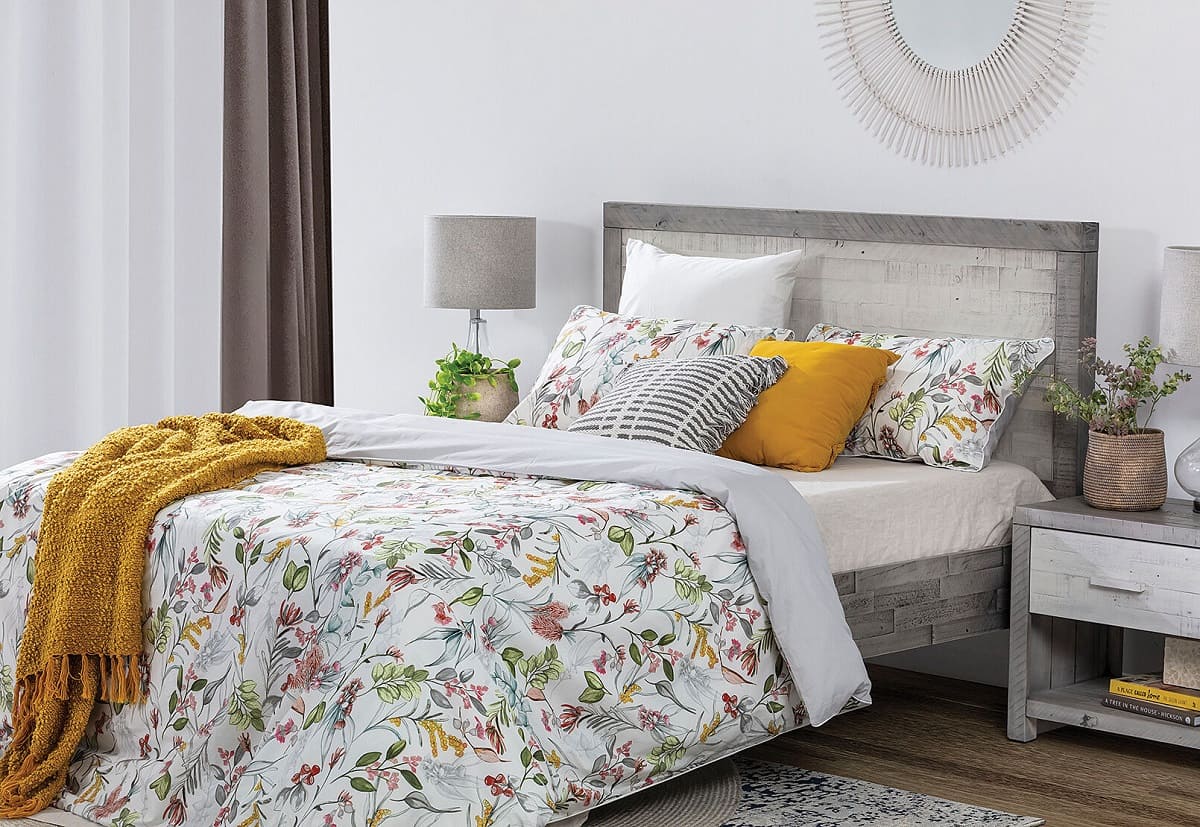
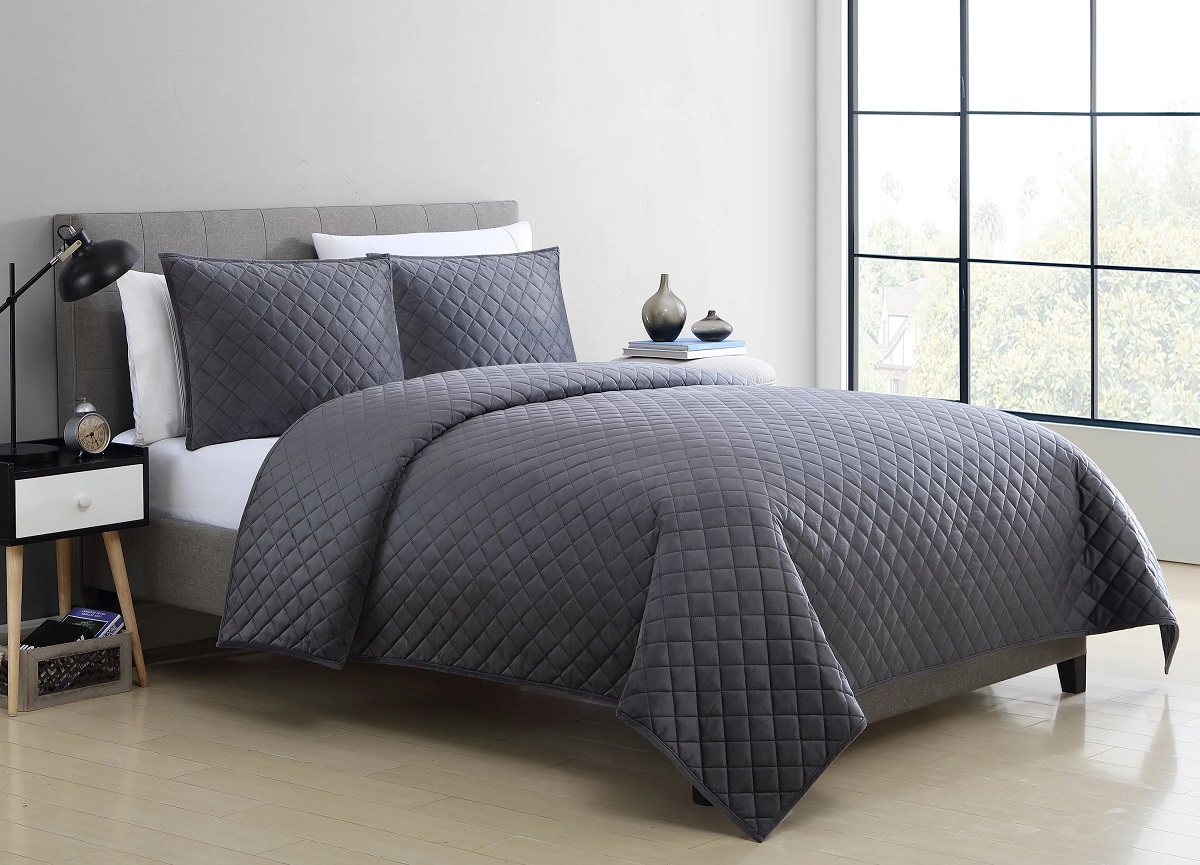
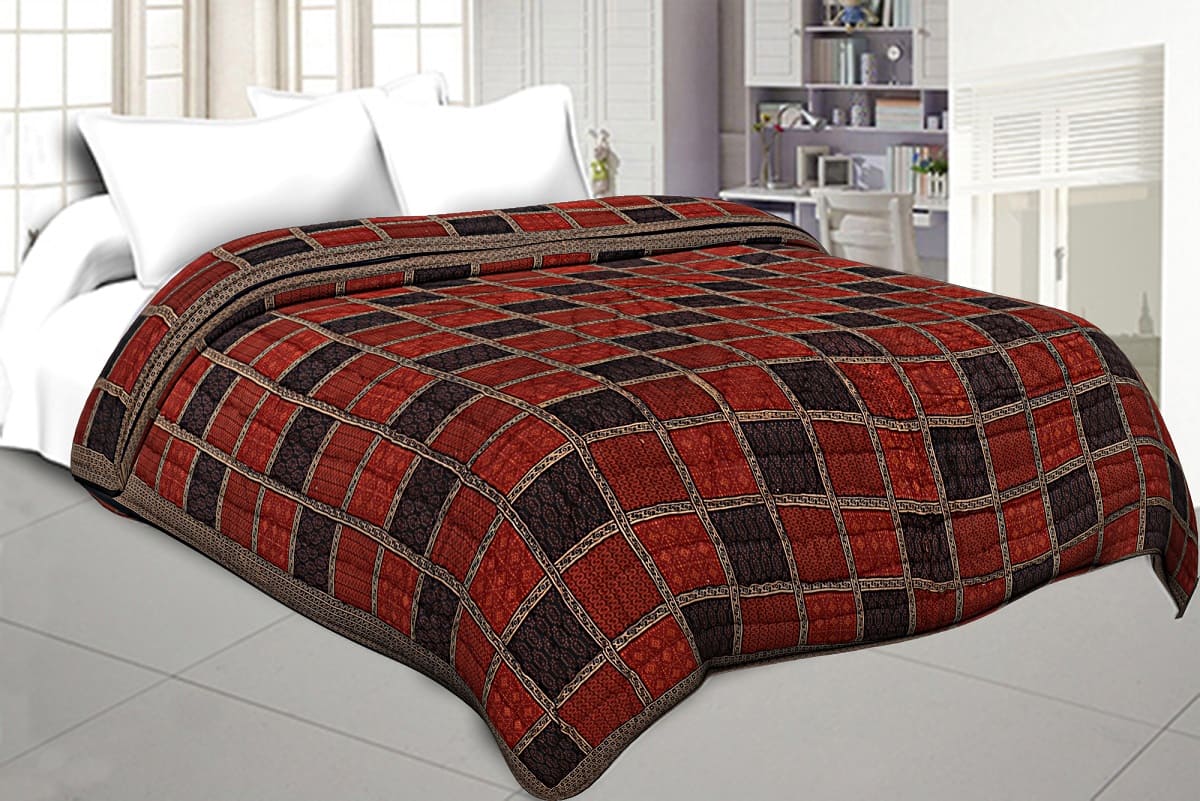
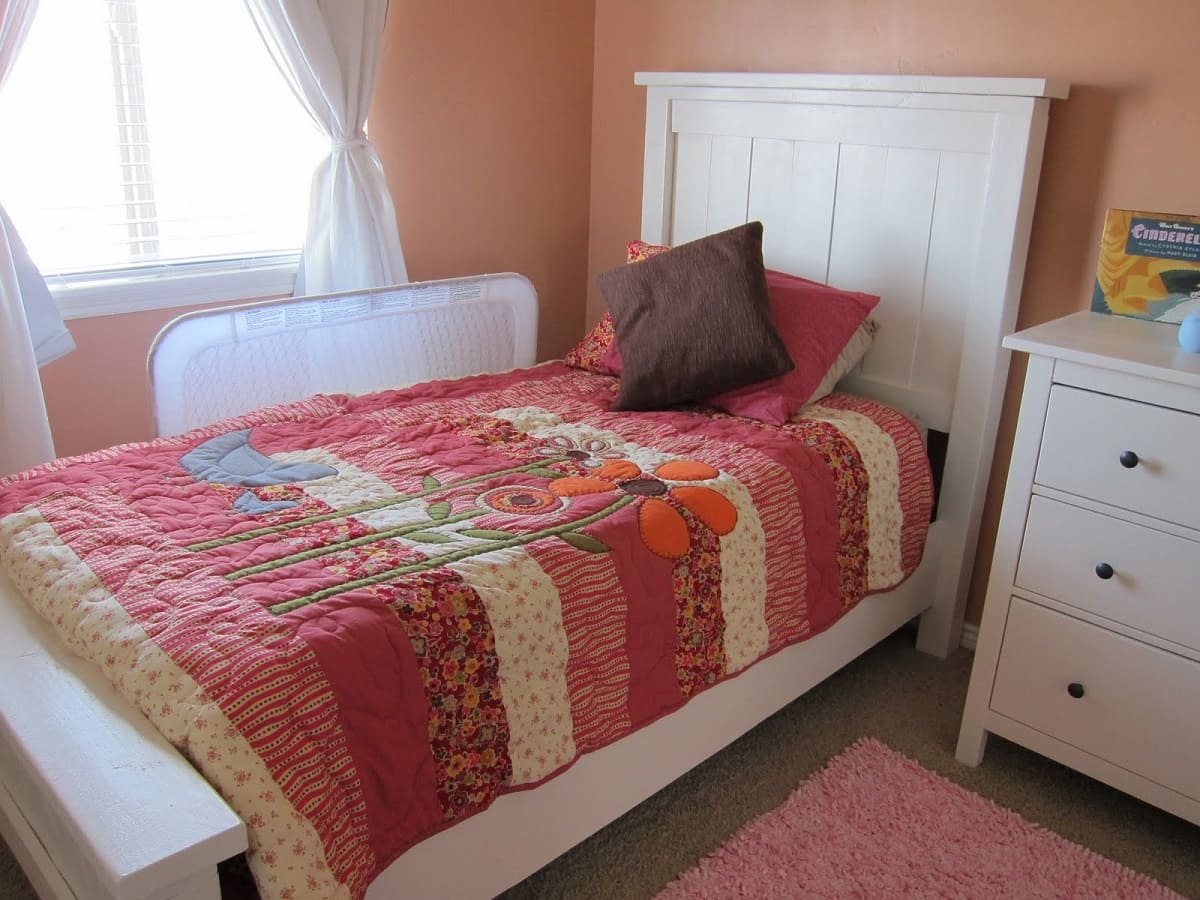

0 thoughts on “What Size Quilt Does A Layer Cake Make”